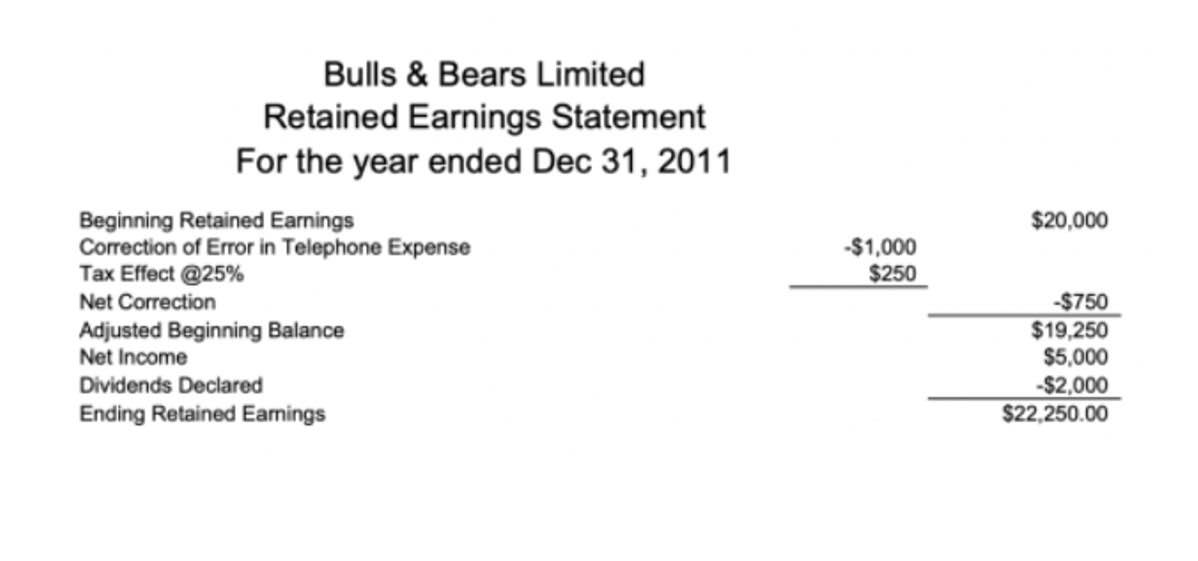September 2023
What is Payroll Accounting: Definition, Examples, and Systems

Fringe benefits are additional perks or compensation offered to employees beyond their base salary. Examples include health insurance, stock options, tuition reimbursement, and company cars. In the U.S., many fringe benefits are taxable, while others qualify for tax-exempt status under IRS rules. Compensation includes all forms of employee earnings, including salary, bonuses, commissions, and benefits.

Take Control of Your Payroll Process with Playroll
- Setting up payroll accounting for your business is crucial as it ensures accurate payment of employees and helps keep a track of compliance with tax regulations.
- Employers are required to withhold state income tax from employee’s wages in states that impose an income tax.
- These include federal income tax, Social Security tax, Medicare taxes, and federal and state unemployment taxes.
- Minimize errors by double-checking all payroll calculations before finalizing payments.
- Lattice Payroll makes it easy to manage deductions, garnishments, and stay compliant with federal, state, and local tax filing requirements.
- Payroll accounting is one of the most crucial elements of any organisation, be it small or large.
The IRS issues more than 6 million payroll tax penalties annually due to incorrect withholding, accurate deductions are key to compliance. A fixed period of seven consecutive days is used for calculating overtime pay for nonexempt employees. Under the Fair Labor Standards Act, overtime must be paid to nonexempt workers for hours worked beyond 40 in a single workweek. Also known as net pay, take-home pay represents the employee’s actual earnings after taxes and other withholdings. Compensation paid to an employee in addition to their regular wages, such as bonuses, commissions, overtime pay, and severance pay.
Helps Manage Cash Flow

Payroll accounting encompasses more than just issuing paychecks but includes various stages of recording, accruing, and processing payroll-related transactions. Each type of payroll accounting performs a distinct function to ensure compensation to employees is correctly documented. Using payroll software for accounting is akin to having a dedicated financial assistant without the hefty salary.

Employee Self-Service

The compensation received by an employee for services rendered, payroll definition in accounting including regular wages, overtime pay, bonuses, and commissions. Employee’s pay is subject to various taxes and may include both monetary and non-monetary compensation. A federal law that imposes a payroll tax on employers to fund unemployment benefits for workers who lose their jobs. FUTA tax is paid by employers only and is not withheld from employees’ wages. In addition to these routine functions, payroll accounting can help with a lot of other accounting processes, including financial accounting.
Accounts encompass all financial transactions of a business, including revenues, expenses, assets, and liabilities. Payroll, a subset of accounting, specifically deals with employee compensation, including wages, deductions, taxes, and benefits, ensuring accurate and compliant payments. Payroll accounting is the process of maintaining, analyzing, and recording all financial activities related to employees’ compensation, including wages, salaries, bonuses, taxes, and other deductions. This encompasses maintaining accurate records in accordance with the legal requirements. While accounting software has many benefits – especially for payroll accounting – it doesn’t do everything.
The next step is to calculate Accounting for Marketing Agencies all the payroll payments within your organization. If you’re doing this manually, you’ll need to determine the gross pay of each employee for the pay period in question first. For hourly employees, all you need to do is multiply the number of hours worked and the employee’s hourly rate.
Key components of payroll accounting include:
By leveraging the No-Code platform of LiveCube, businesses can improve the accuracy of their payroll journal entries, ensure compliance, and save valuable time. Accurate payroll accounting is crucial for maintaining a company’s financial health and ensuring compliance with tax and employment regulations. Manual payroll entries, while sometimes necessary for adjustments, are prone to errors and can be time-consuming. HighRadius’ Record-to-Report (R2R) solutions, particularly the No-Code LiveCube platform, offer a powerful way to automate and streamline payroll accounting processes. There are several types of payroll accounting that an organization should know in order to manage and report their finances accurately.
- Only employers pay federal unemployment taxes (FUTA)—they aren’t withheld from the employee’s wages.
- U.S. employers must report taxable income accurately on Form W-2 for employees and Form 1099 for contractors.
- This aligns employee incentives with company performance, making it popular among startups and high-growth companies.
- Employers are required by law to withhold income taxes, FICA taxes, and garnishments from an employee’s wages.

Compensation paid to employees upon termination of employment, typically in cases of layoffs or certain types of dismissals. Severance pay may be based on length of service and is subject to applicable taxes. An individual CARES Act who provides services to a business but is not considered an employee.